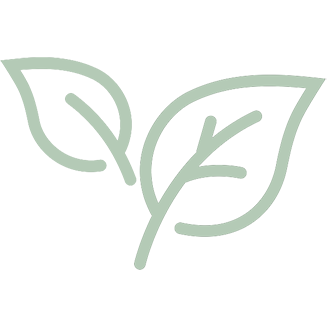Empowering Children and Families through Transitions
Transitioning is a big, big process for children, families and educators. Next year, the South Australian government will begin single school intakes each year for all government schools. This has had a huge impact on Flinders, where we have traditionally transitioned children to different buildings in groups each term as children left for school. Next year this won’t be the case, and instead we will be having one very large transition across buildings at the end of January when the school terms starts. We have spent the last twelve months planning for this significant change, thinking about how to make it smooth, informed and positive for everyone involved. The biggest thing we have worked on, and will be continuing to work on over the coming two months before the big move, is getting all the relevant information out there. We have found over time that the more knowledge families have about the environment and educators they will be moving to, the more empowered they are about the process. And the more empowered families are, the more empowered children are. So for this reason we have developed a two pronged approach, balancing visits for children with visits for families. Each building has been (or will be) holding information sessions for families, where they can come and meet the educators, get a feel for the environment, and hear about the programs. This is a time for educators to pass on what to expect and be excited about, and for families to askRead more
